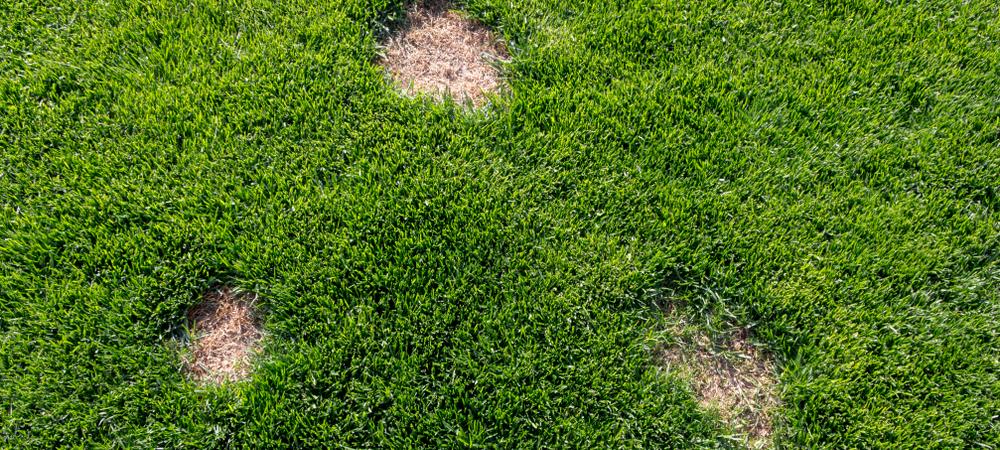Winter Lawn Care Guide for Florida

Even though Florida winters are mild, your lawn still needs a little extra care to stay green and healthy. Cooler temperatures slow down grass growth, which means your maintenance routine should shift to match the season. Here’s what you can do to help your lawn stay strong through winter and bounce back beautifully in spring.
Key Steps to Keep Your Lawn Healthy This Winter
Winter lawn care in Florida doesn’t have to be complicated—just consistent. By making small adjustments in how you mow, water, and maintain your lawn, you can prevent disease, manage weeds, and protect your grass roots through the cooler months. Below, we’ll cover the seven key steps that make the biggest difference in keeping your Florida lawn strong and vibrant until spring.
1. Adjust Your Mowing Schedule
As growth slows, you won’t need to mow as often. However, don’t stop mowing entirely. Mow only to keep your grass around 2.5–3 inches tall—tall enough to protect roots but short enough to prevent thatch buildup. Make sure mower blades are sharp to avoid stressing the grass.
2. Water Less Frequently
With cooler temperatures and occasional winter rain, overwatering can easily lead to fungal issues. Water only when necessary—typically once every 10–14 days, depending on rainfall and soil moisture. Morning watering is best to reduce disease risk.
3. Fertilize Carefully
Avoid heavy fertilization during winter. Warm-season grasses like St. Augustine, zoysia, and Bermuda slow their nutrient uptake in cooler weather. If you fertilize too late in the year, it can encourage weak growth that’s more prone to damage. A slow-release fertilizer applied in early fall usually carries your lawn through winter.
4. Keep Weeds in Check
Winter weeds love mild Florida weather. Apply a pre-emergent herbicide in late fall to prevent them from sprouting. If weeds have already appeared, spot-treat with a post-emergent product that’s safe for your grass type.
5. Watch for Lawn Diseases
Cool, damp conditions can lead to fungal problems like brown patch or dollar spot. Check for irregular patches of discolored grass and treat early if you spot symptoms. Reducing watering frequency and improving drainage can also help prevent disease.
6. Limit Lawn Traffic
Grass that’s not actively growing is more vulnerable to wear. Try to minimize foot traffic, especially when your lawn looks dry or stressed.
7. Prepare for Spring
Use the slower winter months to plan for aeration, seeding, or additional treatments once temperatures rise again. Proper timing in early spring helps your lawn recover quickly and maintain density.
Final Thoughts
Even though winter lawn care in Florida is simpler than in colder states, a little attention now pays off when spring arrives. For professional help keeping your lawn healthy year-round, contact Assuregreen Property Services today to schedule your next lawn service.
